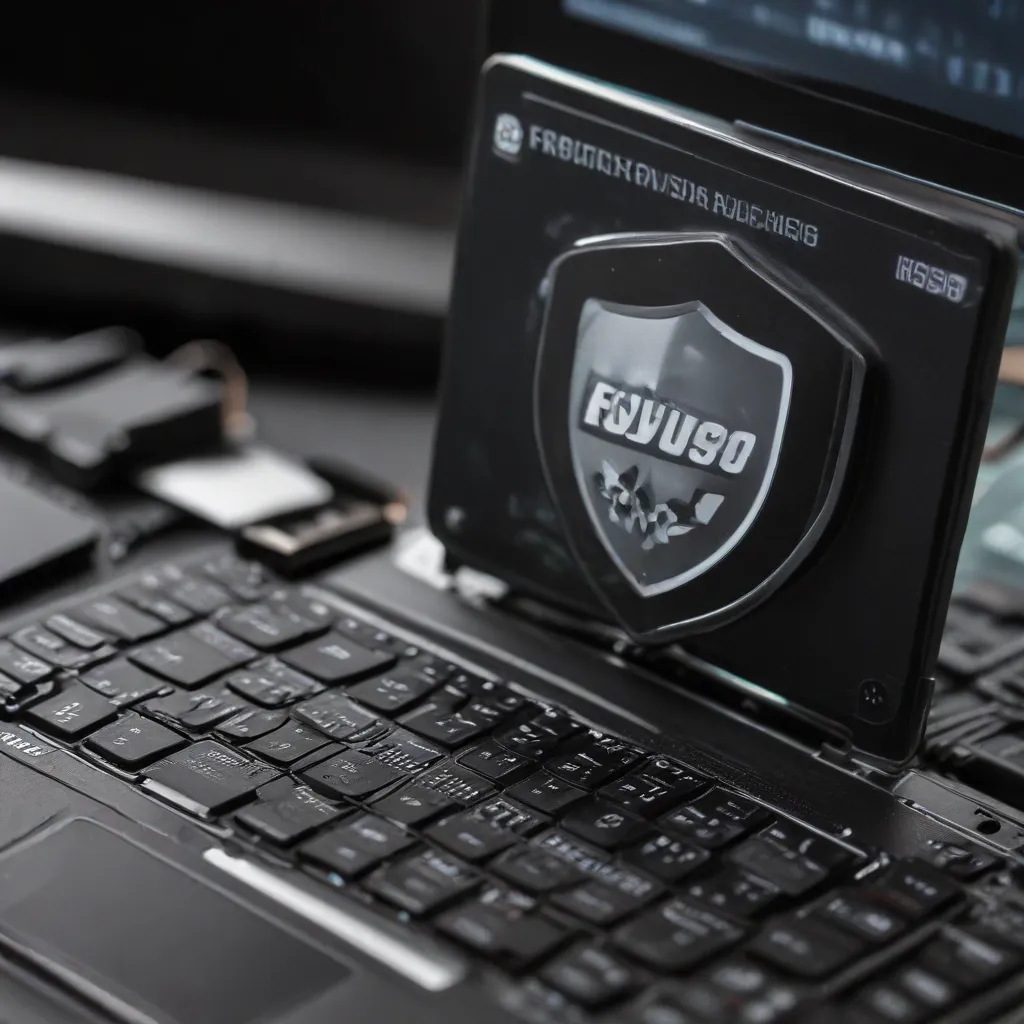
Understanding BIOS and Firmware
The Basic Input/Output System (BIOS) is the firmware that serves as an interface between a computer’s hardware and its operating system. It plays a crucial role in initializing essential hardware components, enabling the system to boot up and function properly.
In contrast, Unified Extensible Firmware Interface (UEFI) is a more advanced firmware that has largely replaced traditional BIOS. UEFI offers additional features and capabilities, such as support for larger storage drives and improved security measures. However, both BIOS and UEFI share the fundamental purpose of managing hardware initialization and system startup.
The Importance of BIOS/Firmware Updates
Regularly updating your laptop’s BIOS or firmware is essential for maintaining optimal performance and security. These updates can provide the following key benefits:
Improved System Stability: BIOS/firmware updates often address compatibility issues and fix known bugs, enhancing the overall stability and reliability of your laptop.
Enhanced Security: Security vulnerabilities in the BIOS or firmware can potentially provide hackers with a gateway to your system. BIOS/firmware updates address these vulnerabilities, strengthening your laptop’s defenses against malicious attacks.
Compatibility Enhancements: As technology evolves, newer hardware and software may require updated BIOS/firmware to function correctly. Keeping your system up-to-date ensures compatibility with the latest components and applications.
Performance Optimization: Some BIOS/firmware updates can unlock additional performance capabilities, such as improved power management or support for faster memory and storage technologies.
Potential Risks and Precautions
While BIOS/firmware updates offer significant benefits, it’s important to approach them with caution. Improperly updating the BIOS or firmware can potentially result in system instability, data loss, or even a “bricked” device (rendering it unusable). To mitigate these risks, follow these best practices:
-
Back Up Your Data: Before attempting any BIOS/firmware update, ensure that you have a complete backup of your important data. This will protect your files in case the update process goes awry.
-
Maintain Sufficient Battery/Power: Make sure your laptop’s battery is adequately charged or that it is connected to a reliable power source during the update process. A power interruption can disrupt the update and potentially damage your system.
-
Use Manufacturer-Provided Tools: Whenever possible, use the BIOS/firmware update tools provided by your laptop’s manufacturer. These are specifically designed to ensure a smooth and successful update process.
-
Research and Plan Carefully: Before updating, research your laptop’s model, the current BIOS/firmware version, and the available updates. Understand the potential risks and benefits, and plan the update process accordingly.
-
Create a Recovery Plan: Familiarize yourself with the process of reverting to a previous BIOS/firmware version in case the update causes issues. This will provide a safety net in the event of problems.
Enhancing Laptop Security with BIOS/Firmware Updates
Beyond the general performance and compatibility benefits, BIOS/firmware updates play a crucial role in safeguarding your laptop’s security. Cybercriminals may exploit vulnerabilities in outdated BIOS or firmware to gain unauthorized access to your system, potentially compromising your sensitive data.
Leading laptop manufacturers, such as Dell, recognize the importance of BIOS/firmware security and provide robust tools and features to enhance protection. Dell’s Tecra and Portégé series laptops, developed by Dynabook, offer advanced BIOS customization options and stringent security measures to help secure the firmware and prevent unauthorized access.
By regularly updating your laptop’s BIOS or firmware and choosing a vendor that prioritizes hardware security, you can significantly improve the overall protection of your device. This multi-layered approach, combined with software-based security measures, helps create a more comprehensive defense against evolving cyber threats.
Updating BIOS and Firmware on Dell Laptops
Dell makes the process of updating your laptop’s BIOS or firmware relatively straightforward. Here’s a step-by-step guide:
-
Identify Your Laptop Model: Locate your Dell laptop’s service tag, express service code, or serial number. This information can be found on the bottom of the device or in the system settings.
-
Visit the Dell Support Website: Navigate to the Dell Support website (www.dell.com/support) and enter your laptop’s service tag, express service code, or serial number to access the specific support page for your model.
-
Check for BIOS/Firmware Updates: On the support page, look for the “Drivers & Downloads” section and select “BIOS” or “Firmware” from the available categories. This will display any available updates for your laptop.
-
Download and Install the Update: Follow the on-screen instructions to download the appropriate BIOS or firmware update file. Once downloaded, run the update installer and follow the prompts to complete the installation process.
-
Reboot and Verify the Update: After the update is installed, restart your laptop to ensure the changes take effect. You can then check the BIOS or firmware version to confirm that the update was successful.
It’s important to note that during the update process, you should maintain a consistent power supply and avoid interrupting the installation. Backing up your data is also highly recommended as a precautionary measure.
Conclusion
Keeping your laptop’s BIOS and firmware up-to-date is a critical aspect of maintaining system performance, compatibility, and security. By regularly checking for and applying these updates, you can benefit from enhanced stability, improved hardware compatibility, and strengthened defenses against potential cyber threats.
Remember to approach BIOS and firmware updates with caution, following the manufacturer’s guidelines and best practices to ensure a successful and safe update process. With the right steps and precautions, you can leverage the power of BIOS and firmware updates to optimize your laptop’s performance and fortify its security, ultimately providing a more reliable and secure computing experience.
For more information on IT solutions and expert advice, be sure to visit the IT Fix blog.












